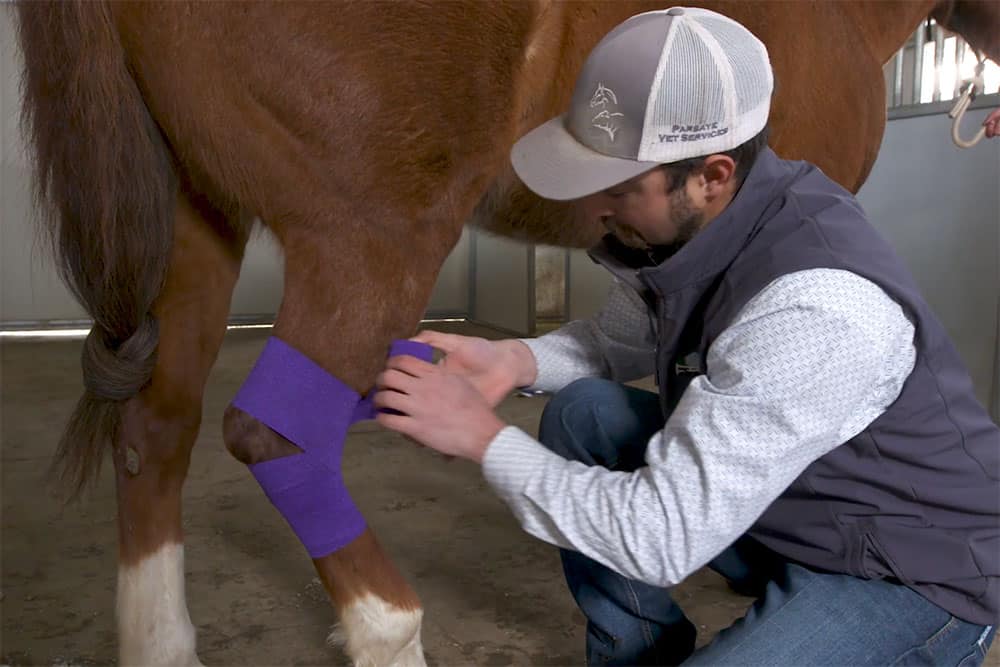
Case Study: Proximal Suspensory Desmopathy
A young Quarter Horse reiner undergoes treatment for a left-hind proximal suspensory ligament injury.

A young Quarter Horse reiner undergoes treatment for a left-hind proximal suspensory ligament injury.

Wrapping a hock can be difficult, but these tips from a veterinarian can help.

Learn how to control this rapidly progressive infection within the horse’s subcutaneous skin layer.

Palpating your horse’s back can help you determine if he’s uncomfortable.

Osteoarthritis in horses’ hocks can lead to joint fusion. For some affected horses, this might be a good thing. Find out why.

Jessica Gould, DVM, demonstrates extracorporeal shock wave therapy on an Irish Sport Horse to help manage mild neck and back pain.

The right treatment can help prevent serious infections and unsightly proud flesh.

Learn about the best trimming and shoeing practices to ensure your horse stays sound while traveling the trails.

Discover how shock wave therapy, mesotherapy, and ongoing maintenance helped a young event horse with kissing spines return to performance in this free report.

An equine veterinarian describes approaches for treating kissing spines, arthritis, and other spinal issues.

Leg lameness should always be ruled out first when investigating sore backs, but primary causes of back pain do also exist.

The most common horse vertebral issues seen over a decade at one diagnostic lab were wobbler syndrome, fracture/subluxation, and abnormal spinal curvature.

Pinpointing an injury’s location is important for not only an accurate diagnosis but also a proper treatment and successful outcome.

Researcher: Chiropractic care might help address the compensatory pain and dysfunction that result from a primary lameness.

Racetrack veterinarians can trust PET when looking for fetlock pathologies that can potentially lead to serious injuries if left undiagnosed.

Belgian researchers use both modalities to investigate the causes of foot pain in 30 horses referred to the equine hospital for forelimb lameness.
Stay on top of the most recent Horse Health news with
"*" indicates required fields